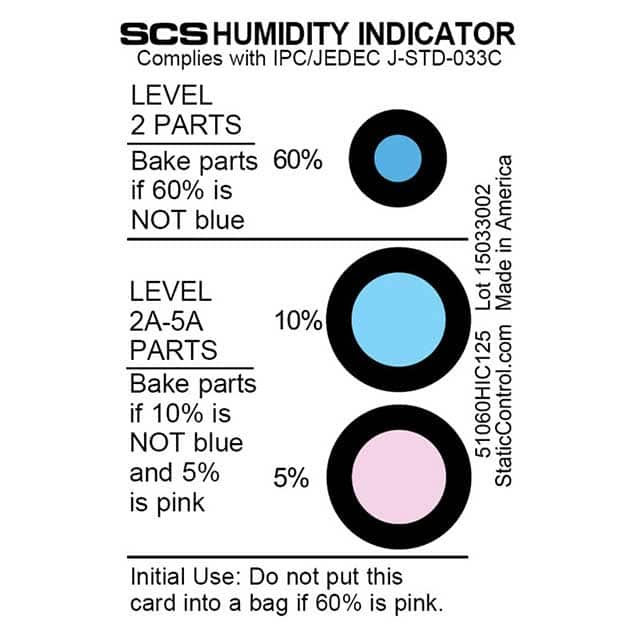Samsung Electronics Plans 2nm and 1.4nm Process Technology

Samsung Foundry, a division of Samsung Electronics specializing in semiconductor manufacturing, has unveiled its strategy to collaborate with prominent chip customers to offer state-of-the-art 1.4nm and 2nm process services. This strategic move underscores Samsung Electronics' dedication to advancing semiconductor technology in the coming years.
Jeong Ki-tae, the Chief Technology Officer of Samsung Foundry, recently highlighted the significance of the Gate-All-Around (GAA) process as a forward-looking technology, in contrast to the FinFET process, which faces limitations in further enhancements. The company is actively engaging in discussions regarding forthcoming processes such as 2nm and 1.4nm with significant clients, demonstrating Samsung Electronics' ambitious vision within the semiconductor landscape.
Samsung Electronics has set targets to introduce 2nm process technology by the close of 2025 and 1.4nm process technology by the end of 2027. These advanced process technologies will provide a competitive edge, catering to the increasing demands for enhanced performance and reduced power consumption among its clientele.
Concurrently, Samsung Electronics has achieved a remarkable milestone in the realm of 3nm process technology. The company has pioneered mass production utilizing the Gate-All-Around (GAA) technology. Although this technology has not yet seen widespread adoption, Samsung Electronics' leadership in this domain charts the course for the future of semiconductor manufacturing technology.
In summary, Samsung Electronics' proactive and innovative approach within the semiconductor foundry sector lends robust support to its competitive positioning in the future semiconductor market. With continuous technological progress and rising market requirements, there is ample reason to anticipate that Samsung Electronics will retain its preeminent status in the global semiconductor industry.
Solemnly declare: The copyright of this article belongs to the original author. The reprinted article is only for the purpose of disseminating more information. If the author's information is marked incorrectly, please contact us to modify or delete it as soon as possible. Thank you for your attention!







